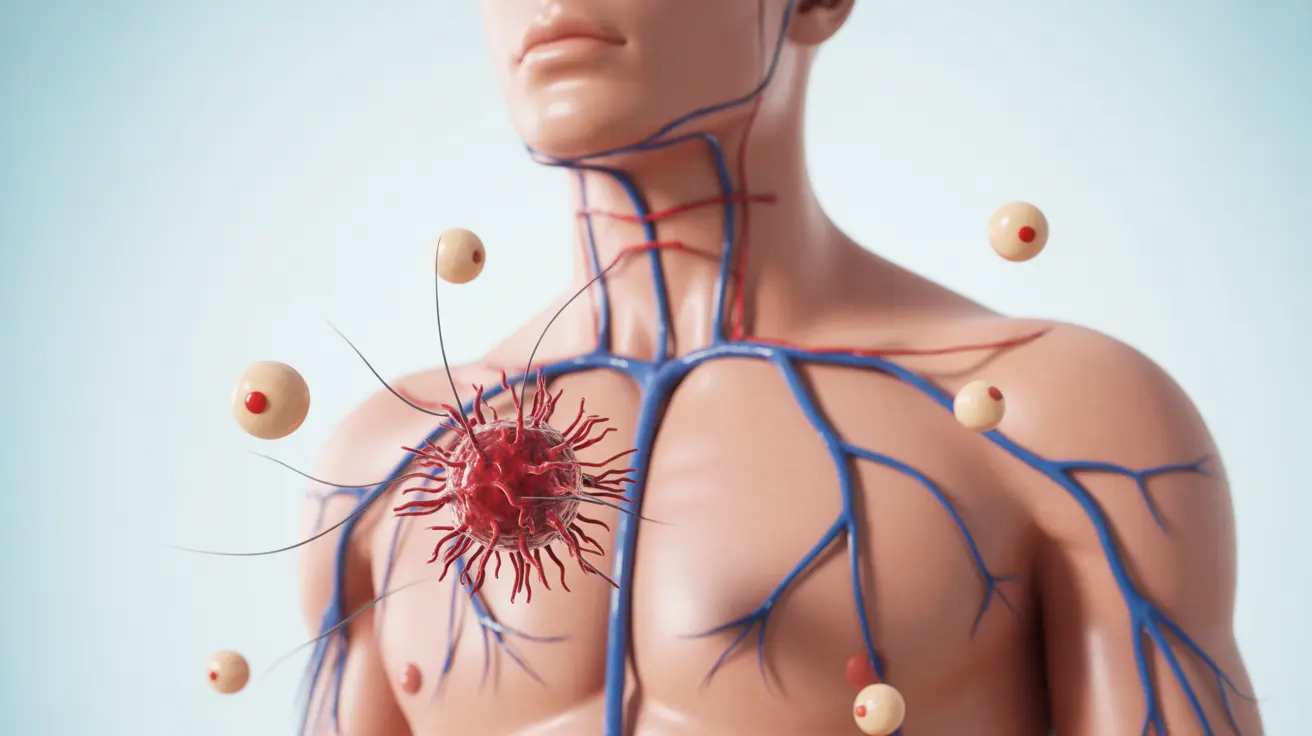Shingles, a viral infection caused by the reactivation of the varicella-zoster virus, commonly produces an itchy, painful rash that can significantly impact quality of life. Understanding why shingles causes itching and how to manage this uncomfortable symptom is crucial for those affected by the condition.
This comprehensive guide explores the relationship between shingles and itching, including its causes, timeline, and effective treatment options to help provide relief during the healing process.
The Science Behind Shingles Itch
When the varicella-zoster virus reactivates, it travels along nerve pathways to the skin, causing inflammation and irritation of both nerve endings and skin tissue. This neurological involvement creates a unique type of itch that's often accompanied by burning pain or tingling sensations.
The itching sensation occurs as the virus damages nerve fibers, leading to abnormal signals being sent to the brain. This neurological disruption can result in persistent itching that may feel different from typical skin irritations.
Common Locations and Timing of Shingles Itch
Shingles typically appears as a strip or band of blisters on one side of the body, following the path of affected nerve fibers. Common locations include:
- Torso or chest area
- Face or neck
- Lower back
- Around one eye
- Along one arm or leg
The itching sensation usually begins during the early stages of the infection, often before the characteristic rash appears. This initial phase may include tingling or burning sensations that develop into more intense itching as blisters form.
Duration and Post-Healing Effects
The acute phase of shingles typically lasts 2-4 weeks, during which itching can be particularly intense. However, some individuals may experience continued itching even after the rash has healed, a condition known as post-herpetic itch.
This persistent itching can last for weeks or months after the initial infection has cleared, requiring ongoing management and attention to prevent skin damage from scratching.
Effective Treatment Options for Shingles Itch
Medical Treatments
Several medical interventions can help manage shingles-related itching:
- Antiviral medications
- Antihistamines for itch relief
- Topical calamine lotion
- Prescription nerve pain medications
- Corticosteroid creams (when appropriate)
Home Remedies and Self-Care
Various at-home treatments can provide additional relief:
- Cool compresses
- Colloidal oatmeal baths
- Loose-fitting, breathable clothing
- Gentle moisturizing lotions
- Keeping nails trimmed to prevent scratch damage
Long-Term Complications and Prevention
While most cases of shingles resolve without lasting effects, some individuals may develop chronic complications. These can include persistent nerve pain (postherpetic neuralgia) or ongoing skin sensitivity in the affected area. Early treatment and proper care during the acute phase can help minimize these risks.
Frequently Asked Questions
- Why does shingles cause itching and what part do nerve cells play in this sensation?
Shingles causes itching because the varicella-zoster virus directly affects nerve cells, causing inflammation and sending irregular signals to the brain. These damaged nerve cells create abnormal sensations, including intense itching, as part of the infection process.
- When does the itching from shingles usually start and where on the body does it most commonly occur?
Itching typically begins in the early stages of shingles, often before the rash appears, and commonly affects one side of the torso, face, neck, or extremities. The location corresponds to the specific nerve pathway infected by the virus.
- How long does shingles itch usually last and can the itching continue after the rash heals?
The acute phase of shingles itching typically lasts 2-4 weeks. However, some people may experience post-herpetic itch that continues for weeks or months after the rash has healed.
- What treatments are effective for relieving the itching caused by shingles?
Effective treatments include antiviral medications, antihistamines, calamine lotion, cool compresses, and oatmeal baths. Prescription medications may also be necessary for severe cases.
- Can shingles itch lead to any long-term skin or nerve problems after the infection clears?
Yes, shingles can lead to long-term complications such as postherpetic neuralgia (chronic nerve pain) and persistent skin sensitivity. Some people may experience continued itching or altered skin sensations in the affected area even after the infection resolves.




